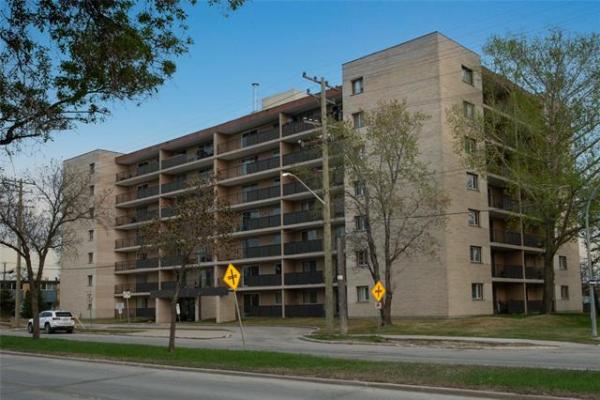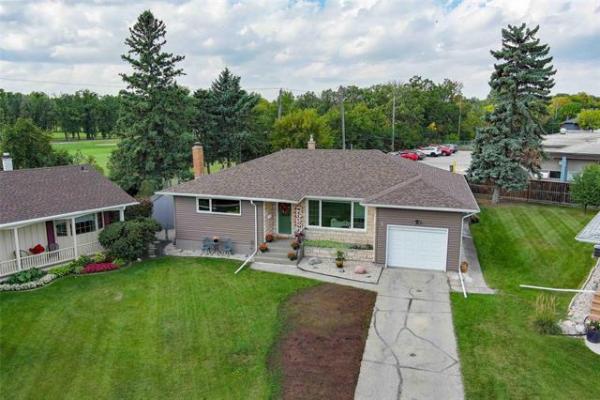Something I haven't spoken about in a while is now suddenly a hot topic again. What's everyone asking about? Radon. Go figure.
Most people are scared of radon. The truth is not a lot of people know what it is. They usually think it's a soil problem, but it's actually a gas problem.
Radon comes from uranium in the ground. Uranium is everywhere. It's in all kinds of soil. And when it breaks down, it produces a radioactive gas that's odourless, colourless and tasteless. This gas is radon.
When radon gas is released in the air outside, it gets diluted. But if it finds its way into your home, it can accumulate. That's when it becomes dangerous.
How does radon come into a home? Through unfinished floors, pipes, windows, sumps, cracks in foundation walls and floors or even through foundation walls. Remember, concrete is porous. Radon is a gas, so it can come through the tiny holes in a home's foundation walls.
Being exposed to high doses of radon over a long period of time is a huge health risk. According to Health Canada, radon is the second leading cause of lung cancer after smoking. In fact, 10 per cent of all cases of lung cancer in Canada are caused by radon.
Is this serious? Let's look at the facts: It's estimated that 2,000 people die every year in Canada due to radon. Think that's bad? In the U.S., it's about 20,000.
Between 2009 and 2010, Health Canada did a cross-country survey. Turns out, about 7 per cent of Canadians are living in homes with radon levels above the guideline.
How much radon is too much? It used to be 800 Bq/m3 or 800 becquerels per cubic metre. (Becquerels are used to measure radioactive concentration.) Then in 2007, it was lowered to 200 Bq/m3.
The survey also showed different parts of the country have different levels of radon. For example, Manitoba, New Brunswick, Saskatchewan and the Yukon had the highest percentages. Nunavut and Prince Edward Island had the lowest. Anywhere uranium is mined, you're going to have higher radon levels.
But regardless of where you live, there's no way of knowing if you have a radon problem -- unless you test for it. One house can have radon levels next to zero. You go to the house next door and the levels can be off the charts.
These levels also fluctuate. Depending on the weather, humidity, the home or the time of year, radon levels will be higher or lower.
For example, during the winter we keep our windows and doors shut. This lets radon accumulate in the home. That's why radon levels tend to be higher in the winter. And for that reason, it's also the best time to test for radon.
There are radon test kits homeowners can buy at big-box stores or from organizations such as Pinchin Environmental, but testing can be tricky.
There are specific requirements when you test for radon. For example, you need to place the detector in the lowest part of the house that's occupied for at least four hours a day. It can't be anywhere where there's humidity, like the kitchen or bathroom. It can't be near any vents. There can't be any objects around it. It needs to be a certain distance away from interior walls, exterior walls, below the ceiling and above the ground. If you don't follow these instructions carefully, you mess up the test.
That's why there are professionals who know how to measure for radon. Who's a pro? Someone who is certified by the National Environmental Health Association (NEHA) or National Radon Safety Board (NRSB).
There are short-term and long-term tests for radon. Short-term is usually over two to seven days and long-term is anywhere from one to 12 months. The longer you test the better. Health Canada recommends a minimum of three months.
But what if there is a radon issue? Should you be waiting for months to find out?
Your best bet is to do a short-term radon test in closed conditions. That means keeping windows and doors shut as much as possible -- some homeowners do it while they're away on vacation. And if the results show you've got radon levels higher than 200 Bq/m3, call in a pro to verify.
If you have a radon problem it can cost $1,500 to $3,000 to fix it. You need to call in a contractor who has experience in dealing with radon mitigation, with certification from the National Radon Proficiency Program.
Capping sump pumps and sealing foundation cracks help, but the most effective method is drilling a hole through the basement floor and installing a pipe with a fan.
Is radon something we should think about? Yes. Should we panic? No. Is it more serious than something like mould or asbestos? As far as I'm concerned, they're all bad. If you have high levels of radon in your house, it's bad. If you have asbestos or mould in your house, it's bad.
Bottom line: Whether it's mould, asbestos or radon, any time our health or our family's health is compromised, we need to be concerned.
-- Postmedia News



